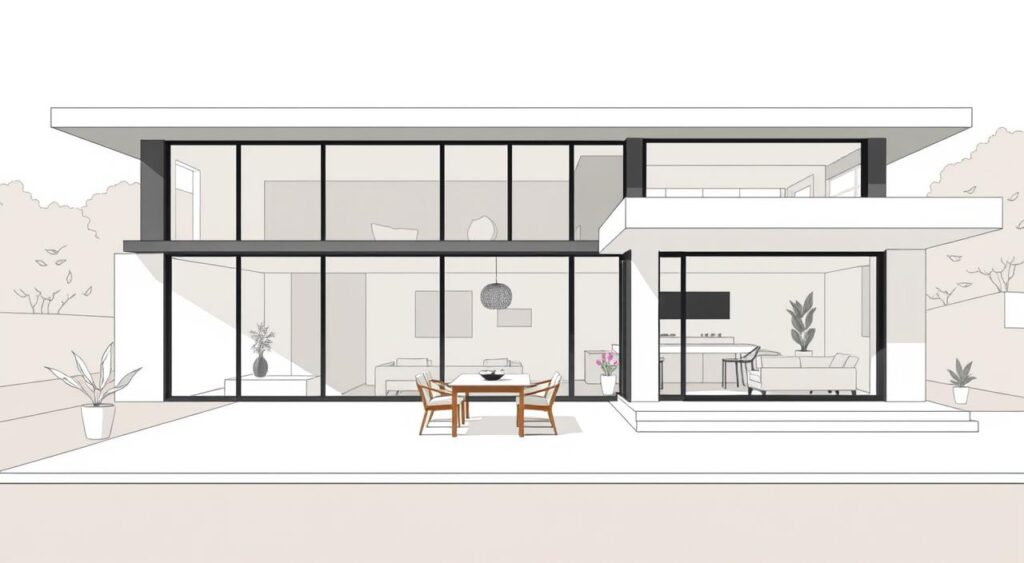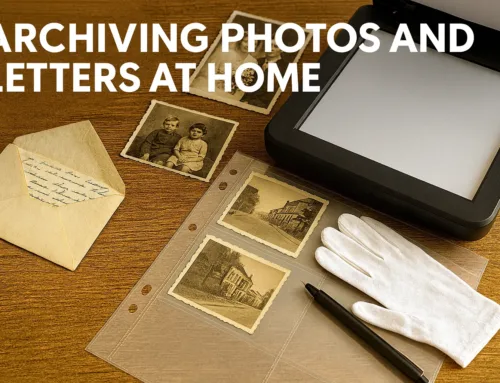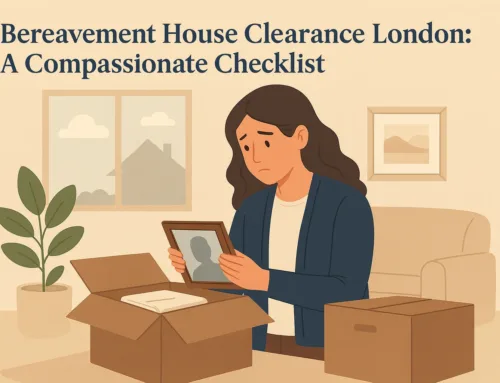Embracing minimalism can do more than clear your shelves—it can transform your mindset and lead to lasting emotional freedom. In this in-depth guide, we explore real stories from people who radically simplified their lives by letting go of what no longer served them. Their experiences offer valuable minimalist life lessons for anyone seeking clarity, purpose, and peace at home.
Key Takeaways
- Simplifying your home can improve focus and organization
- Letting go of excess leads to emotional freedom
- Minimalism is a habit, not a one-time purge
- Decluttering can improve relationships and wellbeing
- Purposeful living starts with mindful possessions
The Mental Shift: Why Letting Go Works

Clutter isn’t just physical—it clutters the mind too. Many who choose minimalism do so not just to clean up, but to reclaim mental space, reduce stress, and find clarity.
When we let go of things we no longer use or value, we free ourselves from emotional baggage. Minimalism teaches that the fewer distractions you have in your home, the more room you have for creativity, rest, and connection.
“Minimalism isn’t about having less. It’s about making room for more of what matters.” – Anonymous
Why Radical Decluttering Appeals to So Many
Modern life is full of consumption, which often leads to physical and emotional overwhelm. Decluttering offers relief. Some of the most common reasons people choose a minimalist path include:
| Reason for Decluttering | Emotional & Practical Benefits |
|---|---|
| Too much stress from clutter | Feel lighter, calmer, and more focused |
| Poor productivity | Fewer distractions, better time management |
| Emotional shopping habits | Break the cycle and regain financial control |
Sarah’s Journey: From Financial Anxiety to Calm
Sarah’s story reveals how emotional spending can create both clutter and stress. Raised in a home with financial instability, she grew up associating purchases with comfort. But that habit soon became overwhelming.
Daily Habits That Changed Everything
Sarah began with just 8 minutes a day of decluttering. Inspired by Leo Babauta’s habit strategies, she stuck to this routine. Over time, her home—and mindset—transformed.
She also learned to appreciate open, calm spaces instead of trying to fill every corner. With fewer things to manage, Sarah experienced more quality time with her partner and fewer arguments over spending.
Rick’s Story: Transforming His Home and His Relationship
Rick didn’t declutter alone—he and his partner, Amy, approached it as a team. But it wasn’t without challenges.
Their Strategy for Success
- Set boundaries: Each person handled their own items
- Respect emotional ties: The person most attached to a shared item made the final decision
- Track progress visually: “Before” photos helped maintain motivation
Rick found that letting go of items tied to memories required emotional work. But by acknowledging these connections, he learned that memories live within us, not in objects.
The Johnson Family: Minimalism for Families
Minimalism with kids? It’s possible—and even freeing.
The Johnsons downsized to a smaller home and drastically reduced their possessions. This required tough decisions, but it ultimately led to smoother routines and less chaos.
Family-Friendly Decluttering Systems
- Bins for toys and gear
- Reduced duplicate items (like kitchen tools and linens)
- Involving kids in donation decisions
Their experience shows how minimalist life lessons can apply to every member of the household.
Tried-and-True Decluttering Methods

You don’t need to go extreme. These practical approaches work for beginners and seasoned minimalists alike.
Start Small
Begin with a drawer or a single shelf. Small wins create momentum.
Focus on One Zone at a Time
Don’t try to overhaul the entire house in a weekend. Target one area per week for deeper results.
The “Bag a Day” Method
Each day, fill one bag with items to discard, donate, or recycle. Over a year, that’s 365 bags.
| Decluttering Method | Description | Benefits |
|---|---|---|
| Start Small | Begin with manageable areas | Builds confidence and consistency |
| One Zone at a Time | Focus on individual rooms or zones | Prevents burnout and overwhelm |
| Bag a Day | Fill one bag daily for donation/discard | Creates measurable daily progress |
Establish Boundaries
To prevent future clutter, build systems and set rules. Some examples:
- One in, one out (replace items instead of adding more)
- Shopping lists only—no impulse buys
- Monthly donation box for rotating out unused items
Emotional Lessons Behind Decluttering

Letting go teaches powerful emotional lessons:
- Objects don’t equal identity
- Clutter often hides emotional wounds
- Simplifying makes space for healing and creativity
When people embrace these truths, they often change not just their homes—but how they live, spend, and relate to others.
Final Thoughts: Redefining “Enough”
The minimalists featured here show that decluttering isn’t just about getting rid of things—it’s about redefining what truly matters. Their minimalist life lessons highlight a universal truth: when we own less, we live more.
Whether you live solo or with a family, the path to minimalism can start today with a single drawer or habit. Stick with what works for your lifestyle, and celebrate each bit of progress.
Ready to begin your journey? Pick one small space, set a timer, and take the first step. Your future self will thank you.





